Table of Contents
Cardiman is a spice blend commonly used in Middle Eastern and North African cuisines, typically containing coriander, cloves, cinnamon, nutmeg, and sometimes ginger and black pepper. It offers a complex flavor profile with sweet, warm, and slightly spicy notes that enhance both sweet and savory dishes.
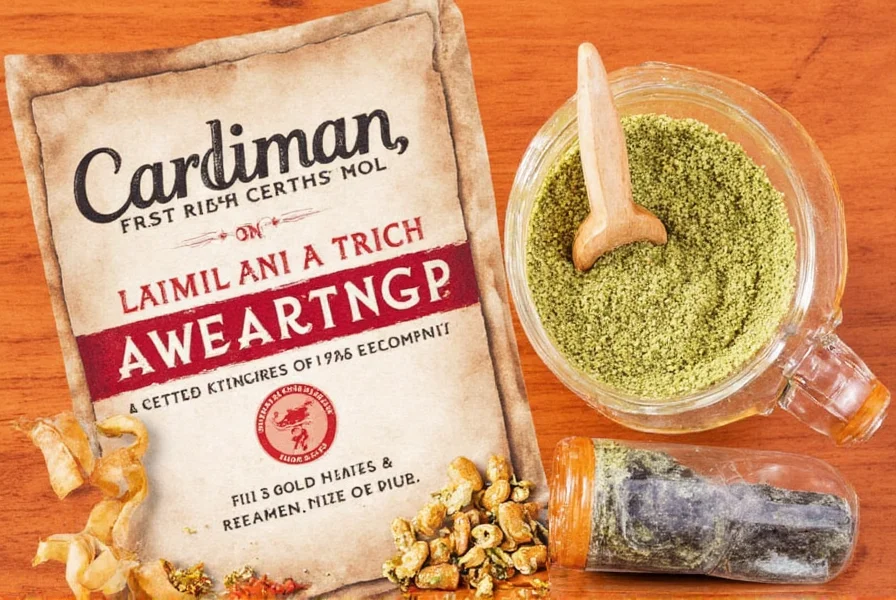
Cardiman is not the same as cardamom, which is a single spice. This common confusion stems from similar-sounding names, but they are completely different products with distinct flavor profiles and culinary applications.
Practical Tips for Using Cardiman
- Start Small: Cardiman is potent, so begin with a small amount and adjust to taste.
- Toast Before Use: Toasting enhances its flavor. Heat in a dry pan over medium heat until fragrant.
- Pair with Complementary Spices: Works well with cinnamon, nutmeg, cloves, garlic, and onions.
- Use in Baking: Adds delightful twists to cookies, cakes, and breads.
- Experiment with Recipes: Try in sauces, marinades, grilled meats, roasted vegetables, or seafood.
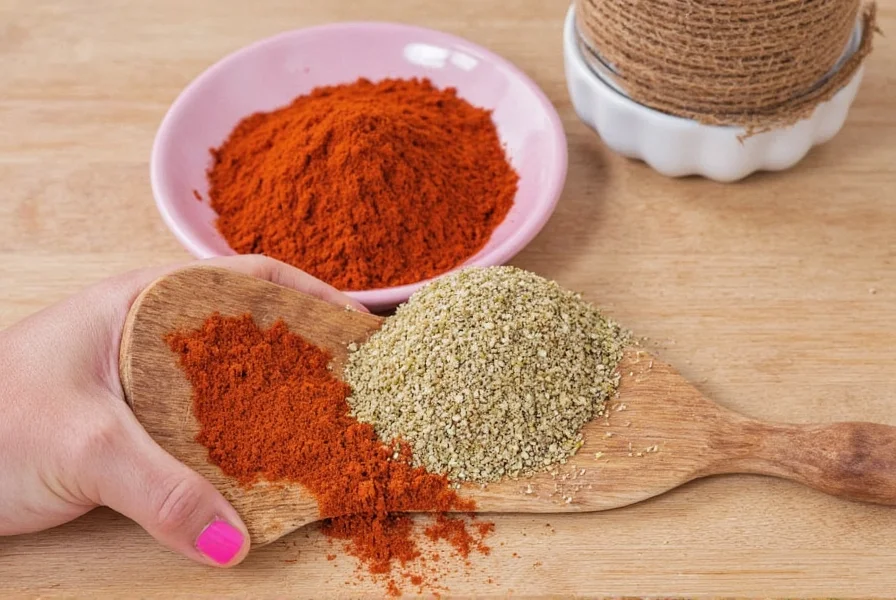
Deep Dive into Cardiman's Flavor and Uses
Cardiman combines sweet, warm, and slightly spicy notes. Coriander provides citrusy brightness, cloves and cinnamon contribute aromatic sweetness, nutmeg adds creamy nuttiness, and black pepper offers subtle heat. This balanced flavor profile makes it ideal for dishes requiring nuanced taste.
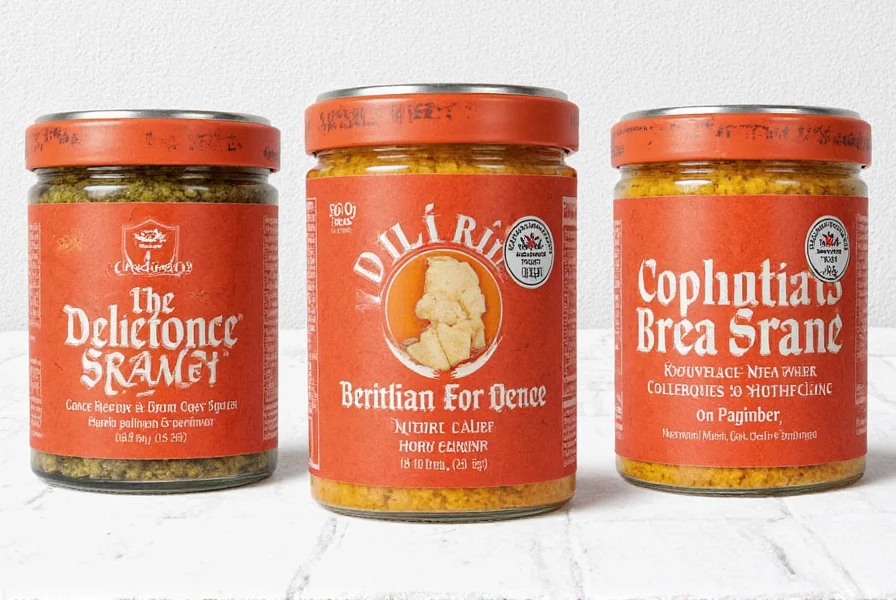
Commonly used in Middle Eastern and North African cuisines for tagines, stews, and meatballs. It also enhances modern fusion dishes and contemporary curry blends.
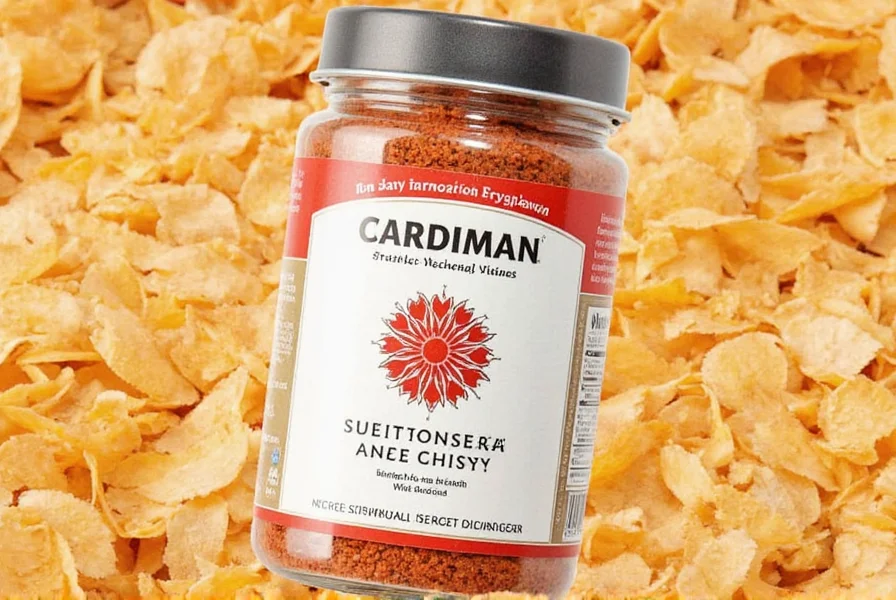
Buying Guide for Cardiman
| Feature | Description |
|---|---|
| Source | Look for reputable spice companies or local markets known for quality products. |
| Ingredients | Ensure natural ingredients with no artificial additives. |
| Texture | High-quality cardiman should have consistent texture, not coarse or gritty. |
| Smell | Fresh, aromatic scent indicates quality. Avoid stale or musty smells. |
| Packaging | Opt for airtight packaging to preserve freshness and prevent moisture. |
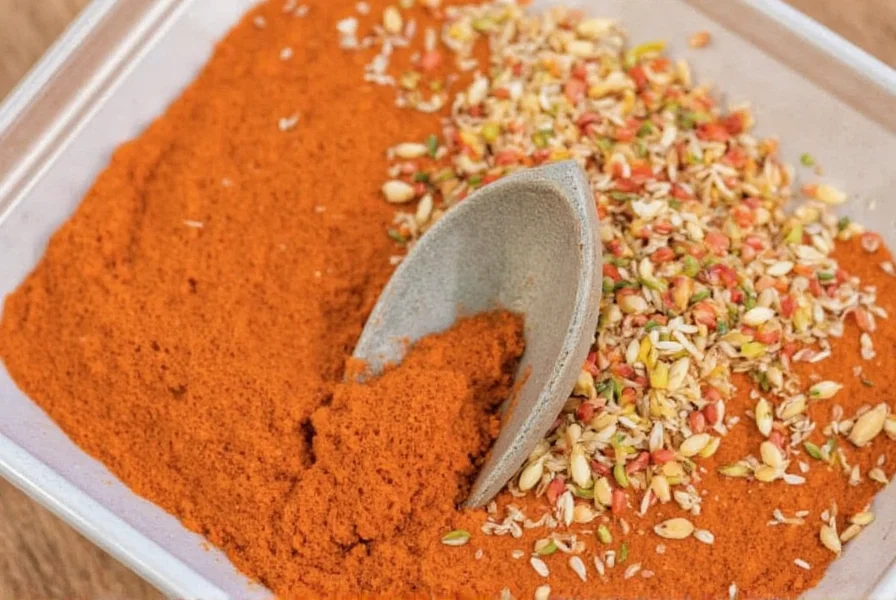
Frequently Asked Questions About Cardiman
What exactly is Cardiman?
Cardiman is a spice blend, not a single spice. It typically contains a mixture of coriander, cloves, cinnamon, nutmeg, and sometimes ginger and black pepper. The exact composition varies by region and manufacturer, which contributes to its unique and complex flavor profile. Unlike single-ingredient spices, Cardiman offers a harmonious blend of warm, sweet, and slightly spicy notes in one convenient mixture.
Is Cardiman the same as cardamom?
No, Cardiman is not the same as cardamom. This is a common point of confusion. Cardamom is a single spice with a distinctive flavor, while Cardiman is a proprietary blend of multiple spices. The similar names often cause misunderstanding, but they are completely different products with different flavor profiles and culinary applications.
How should I store Cardiman to maintain its freshness?
Store Cardiman in an airtight container away from direct sunlight, heat, and moisture. A cool, dark cupboard is ideal. Properly stored, Cardiman should maintain its potency for 6-12 months. For extended shelf life, you can store it in the refrigerator or freezer, but be sure to let it return to room temperature before using to prevent condensation.
Can I make my own Cardiman blend at home?
Yes, you can create your own Cardiman blend at home. A basic recipe includes equal parts ground coriander, cinnamon, and nutmeg, with smaller amounts of ground cloves and black pepper. Some variations add ginger or allspice. The advantage of making your own is that you can adjust the proportions to suit your personal taste preferences. For best results, toast the whole spices before grinding them.
What are the health benefits of Cardiman?
While research specifically on Cardiman is limited, many of its component spices have documented health benefits. Cinnamon may help regulate blood sugar, cloves have anti-inflammatory properties, and nutmeg contains antioxidants. The combination of these spices may offer synergistic benefits, though more research is needed. As with any spice, Cardiman should be consumed as part of a balanced diet for potential health benefits.
Which cuisines commonly use Cardiman?
Cardiman is most commonly found in Middle Eastern and North African cuisines, where it's used in dishes like tagines, stews, and meatballs. It's also gaining popularity in fusion cooking and modern interpretations of traditional recipes. While not traditionally used in Indian cuisine, some chefs are incorporating it into contemporary curry blends for added complexity.
Conclusion
Cardiman is a versatile spice blend that enhances both sweet and savory dishes with its complex flavor profile. Its ability to add depth without overpowering other ingredients makes it valuable for home cooks and professional chefs alike.
By following practical tips for usage and selecting high-quality products, you can unlock Cardiman's full potential in your cooking. Experimentation is key to discovering how this unique spice transforms your meals.
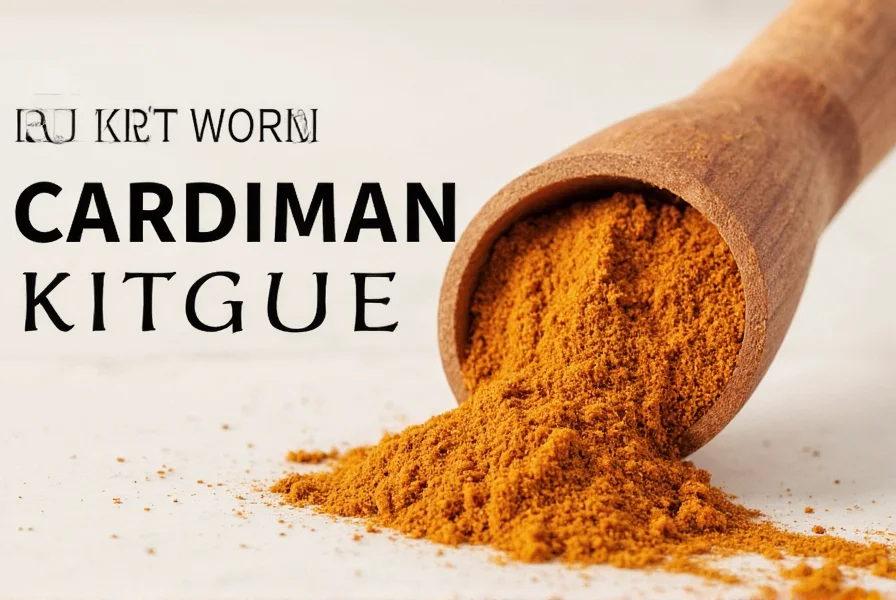

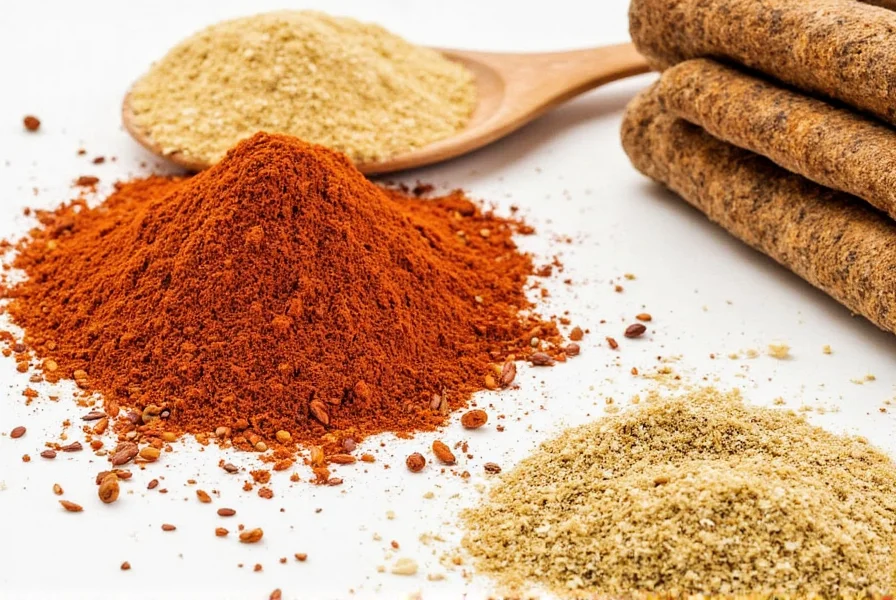









 浙公网安备
33010002000092号
浙公网安备
33010002000092号 浙B2-20120091-4
浙B2-20120091-4